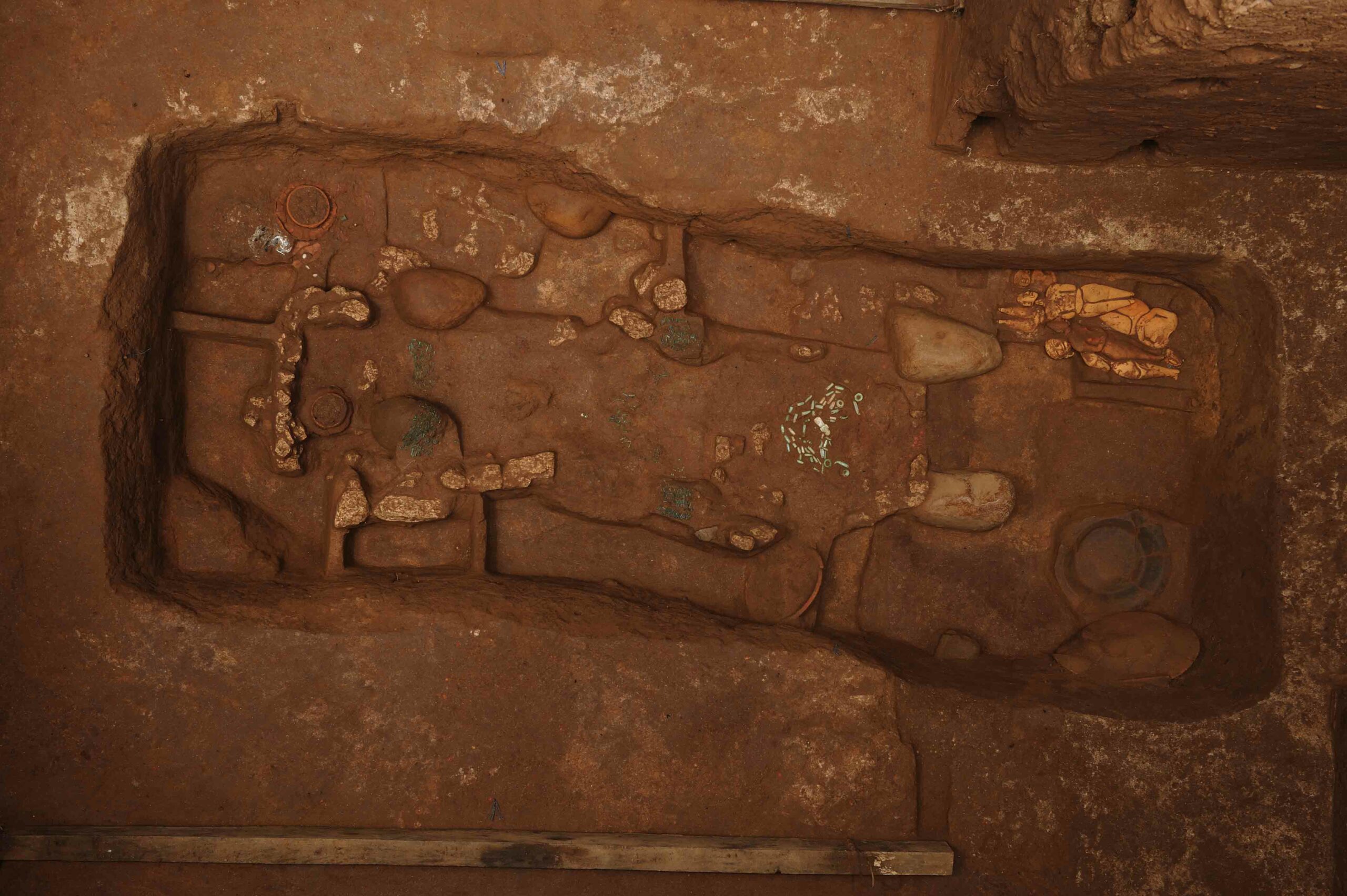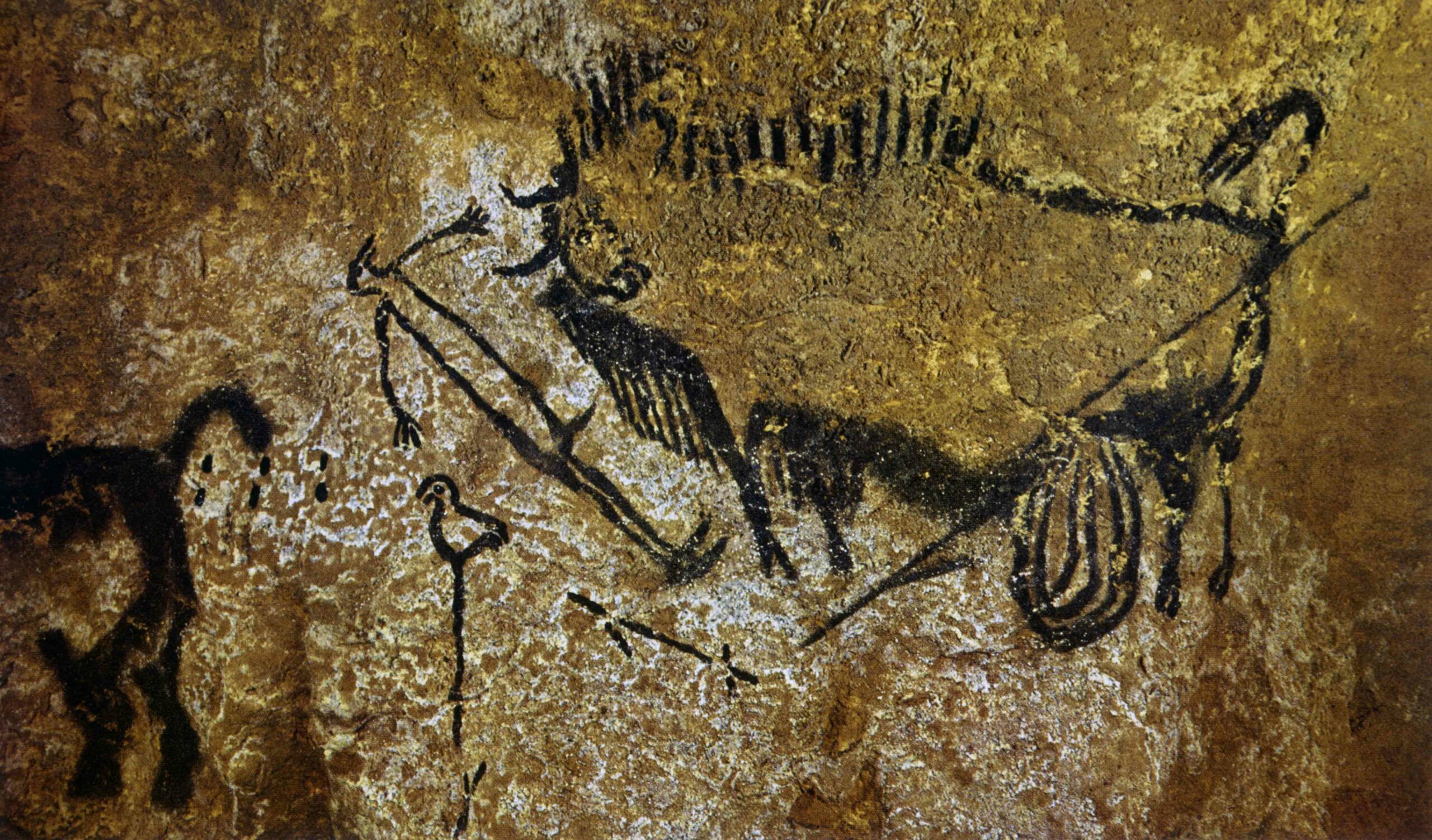
No one can dig at Epiacum, one of the best-preserved Roman forts in Britain, without special permission, but moles have little regard for the Ancient Monuments and Archaeological Areas Act of 1979. The small mammals can dig dozens of feet of tunnels a day through farm, forest, or archaeological site. Volunteers working with Paul Frodsham, an archaeologist with the North Pennines Area of Outstanding Natural Beauty, are now sifting through the molehills the critters leave outside their tunnels for pieces of pottery, glass, and other items from the second to fourth centuries. Frodsham wants to be able to learn how buildings were used at the fort, which has not seen archaeological investigation in more than 50 years. “I realize it sounds a bit ridiculous,” he says, “but it’s actually quite serious.”










